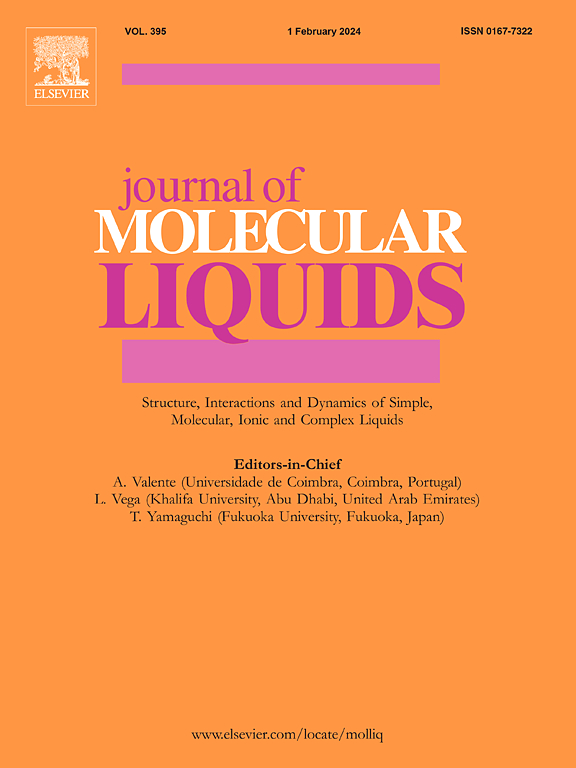Diffusiophoresis of core–shell structured (nano)particles in solution of general electrolytes
IF 5.3
2区 化学
Q2 CHEMISTRY, PHYSICAL
引用次数: 0
Abstract
This work addresses limitations in existing diffusiophoresis theories for soft particles, which have traditionally focused on colloids with a hard (impermeable) core and a permeable polyelectrolyte shell. Many core–shell (nano)particles feature however more complex structures with differentiated ion and fluid flow permeabilities in both their core and shell. We present here a comprehensive framework to describe how the diffusiophoretic motion of such composite particles depends on the electrostatic and hydrodynamic properties of their core and shell components. The derivations are based on the Debye-Hückel and flat-plate frameworks, which are suitable for particles with moderate charge and sizes significantly larger than the Debye layer thickness. Our theory is further applicable to a large spectrum of electrolyte types, including binary valence-symmetric and valence-asymmetric mixtures. The chemiphoretic and electrophoretic contributions to diffusiophoretic velocity are explicitly identified and analyzed, and we explore how electrolyte composition, as well as the hydrodynamic and electrostatic softness of the core and shell, influence particle motion direction. We also demonstrate how the limits of our closed-form expressions for particle diffusiophoretic velocity align with literature results for systems with restricted core and shell permeabilities to ions and/or fluid flow. Overall, our formulation provides a better understanding of the processes governing the diffusiophoresis of complex core–shell (nano)particles.

求助全文
约1分钟内获得全文
求助全文
来源期刊

Journal of Molecular Liquids
化学-物理:原子、分子和化学物理
CiteScore
10.30
自引率
16.70%
发文量
2597
审稿时长
78 days
期刊介绍:
The journal includes papers in the following areas:
– Simple organic liquids and mixtures
– Ionic liquids
– Surfactant solutions (including micelles and vesicles) and liquid interfaces
– Colloidal solutions and nanoparticles
– Thermotropic and lyotropic liquid crystals
– Ferrofluids
– Water, aqueous solutions and other hydrogen-bonded liquids
– Lubricants, polymer solutions and melts
– Molten metals and salts
– Phase transitions and critical phenomena in liquids and confined fluids
– Self assembly in complex liquids.– Biomolecules in solution
The emphasis is on the molecular (or microscopic) understanding of particular liquids or liquid systems, especially concerning structure, dynamics and intermolecular forces. The experimental techniques used may include:
– Conventional spectroscopy (mid-IR and far-IR, Raman, NMR, etc.)
– Non-linear optics and time resolved spectroscopy (psec, fsec, asec, ISRS, etc.)
– Light scattering (Rayleigh, Brillouin, PCS, etc.)
– Dielectric relaxation
– X-ray and neutron scattering and diffraction.
Experimental studies, computer simulations (MD or MC) and analytical theory will be considered for publication; papers just reporting experimental results that do not contribute to the understanding of the fundamentals of molecular and ionic liquids will not be accepted. Only papers of a non-routine nature and advancing the field will be considered for publication.
 求助内容:
求助内容: 应助结果提醒方式:
应助结果提醒方式:


